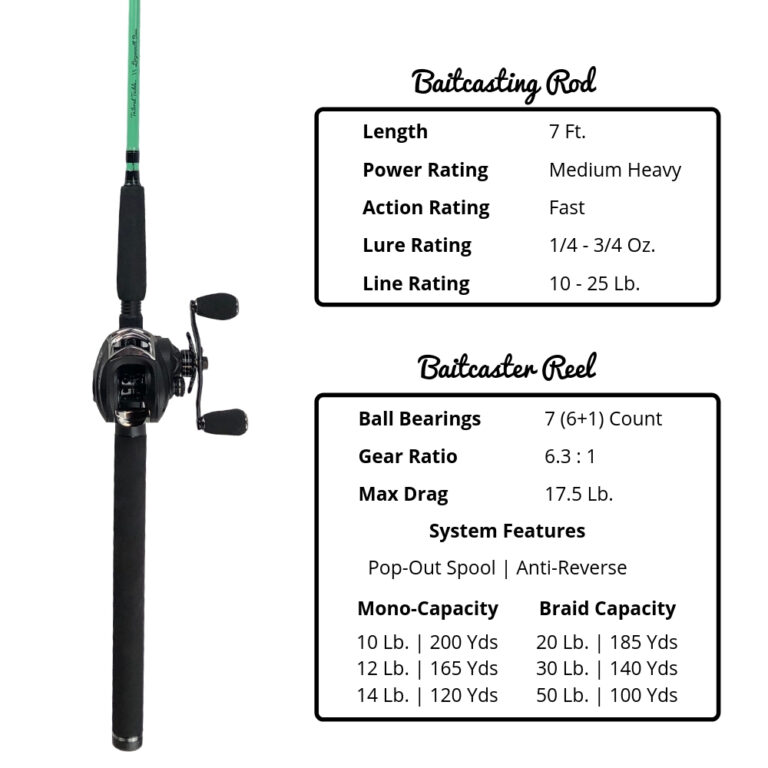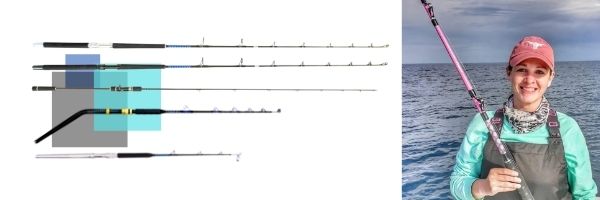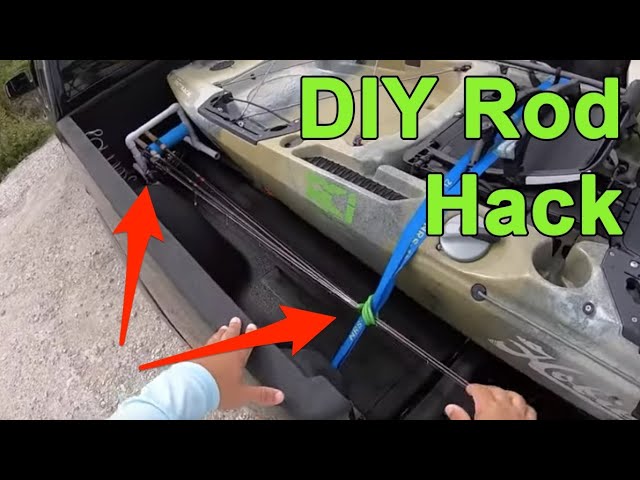How to Store Fishing Rods?
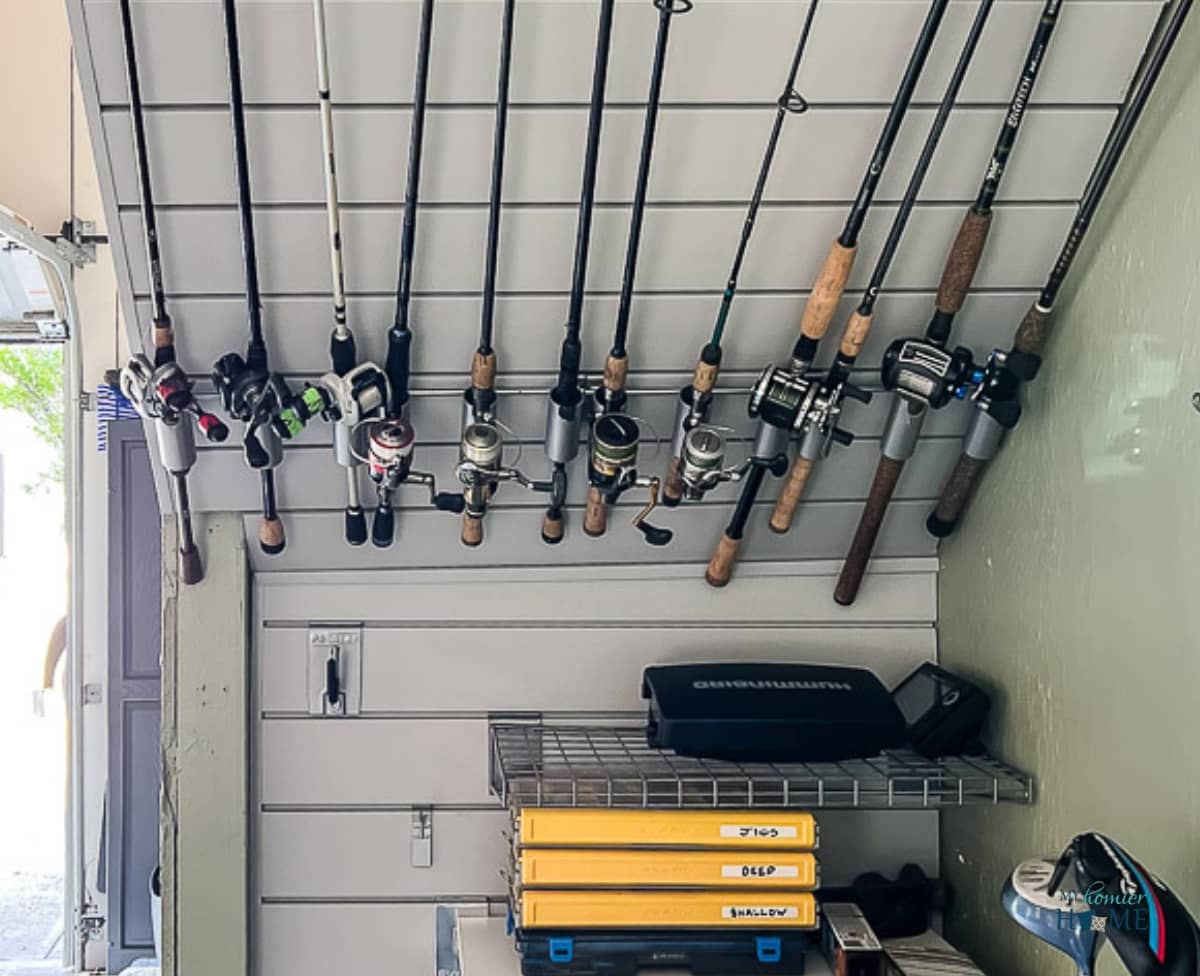
Store fishing rods upright or horizontally in a cool, dry place. Avoid areas where heat, moisture, or direct sunlight can damage the equipment.
Fishing enthusiasts know the importance of proper rod storage for maintaining their gear in top condition. Choosing the right storage solution extends the life of your rods and keeps them ready for your next adventure. Ensuring your rods are stowed away correctly prevents unnecessary wear and tear, including bending or warping.
Whether you’re an occasional angler or a seasoned pro, taking the time to store your rods with care saves you money and hassle in the long run. Embrace these storage tips, and you’ll enjoy a seamless transition from the tranquility of your home to the excitement of the water’s edge.
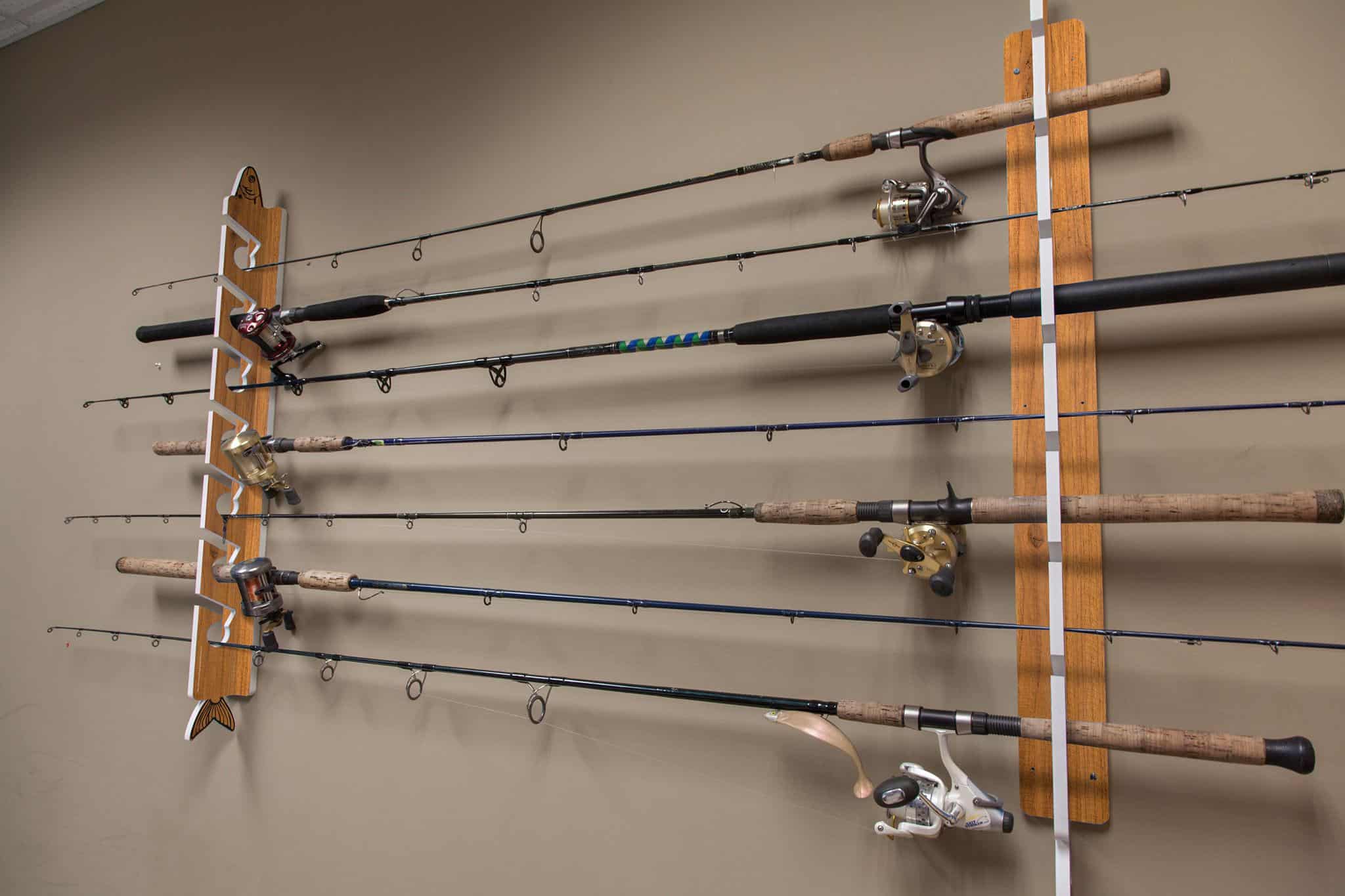
Credit: storables.com
The Importance Of Proper Storage
Storing fishing rods properly keeps them safe and ready for your next trip. Properly placed rods avoid scratches and bends. Use a rod rack for the best care. Keep rods in a cool, dry area to prevent damage.
Dust and dirt can harm rods, so cover them when not in use. Avoid sunlight to stop color fading. Use a rod sleeve for more protection.
Regular maintenance also adds years to your rods. Check for loose parts. Fix them before storage. This keeps your rods strong and functional. Store reels separately to reduce tension on rod guides.
Lightweight rods need extra care. Hang them vertically if possible. Avoid placing heavy items on top of stored rods. This is key to extending rod lifespan.

Credit: www.onthewater.com
Types Of Fishing Rods And Their Storage Needs
Understanding the difference between composite and graphite rods is vital for proper storage.
- Composite rods, made from a blend of fiberglass and graphite, are robust and flexible. They can withstand variable temperatures and humidity better than pure graphite rods. To store them, ensure a cool, dry place that keeps them straight.
- Graphite rods are lighter and more sensitive, which makes them great for detecting fish nibbles. But, they need extra care. Store these rods in a temperature-controlled room and use rod sleeves to prevent scratches or damage.
- Telescopic rods are convenient for travel as they collapse down. After folding, keep them in protective cases to maintain their integrity. One-piece rods do not fold and require more space. Hang them on wall racks or store them horizontally on shelves to avoid bends or warps.
Indoor Storage Solutions
Proper fishing rod storage ensures your gear stays in top condition. Wall-mounted racks are a popular choice. They keep rods horizontal and prevent warping. Many designs are available to fit any space and decor. Install the rack at a height that keeps rods out of reach from children and pets.
For those with ample floor space, standing rod holders provide an easy fix. These holders can store multiple rods vertically. Ensure the base is stable to avoid tipping.
DIY storage ideas can be both fun and cost-effective. Use PVC pipes or old pallets to create custom solutions. Always place your rack in a cool, dry area away from direct sunlight to protect the rods.

Credit: myhomierhome.com
Outdoor And On-vehicle Storage Options
Storing fishing rods properly preserves their functionality and extends their life.
For outdoor and on-vehicle options, consider a lockable rod box. These secure storage solutions are ideal for keeping rods organized and safe. Each box features sturdy locks, reassuring anglers that their equipment is protected against theft.
Alternatively, roof racks offer a convenient way to transport fishing rods. They require easy installation and can hold multiple rods. Ensure the racks are equipped with soft padding to prevent damage during transit.
Lastly, protect rods from the harsh elements by using water-resistant covers. With these, your rods are shielded from rain, sun, and road grime.
Maintenance Before Storage
Proper maintenance of fishing rods ensures they last longer and perform better. Cleaning your rods is a crucial step that involves wiping down each rod with soapy water to remove dirt and debris.
After cleaning, make sure the rods are completely dry before storing them to prevent mildew and corrosion.
Regularly checking for damage such as cracks or fractures is important. Look closely at the rod’s guides and the tip for any signs of wear or damage. If you do find damage, repair it before storage to prevent further issues.
Lastly, lubrication keeps the moving parts like reel seats and guides in top working condition. Use a mild lubricant intended for fishing gear. Apply a thin layer to necessary parts, ensuring smooth operation for your next fishing trip.
Organizing Your Space For Accessibility
Organizing your fishing rods ensures they’re always ready for your next trip. Simple labeling systems can help. Use color-coded tags or stickers to mark each rod. This makes identification quick and easy, even for kids.
Maximizing small spaces is crucial. Create vertical storage by mounting racks on walls. Use ceiling racks to hold rods horizontally. This keeps rods out of the way and prevents damage.
Setting up a dedicated fishing gear area is ideal. Include shelves for tackle boxes and drawers for accessories. This ensures all fishing gear is in one place.
Tips For Long-term Storage
Keep fishing rods away from water and sunlight to prevent damage. Use a dry cloth to wipe down rods before storing. A cool, temperature-controlled room is best for long-term storage.
A quality rod cover is essential to protect from dust and scratches. Opt for breathable material like cotton or canvas. Avoid plastic as it can trap moisture.
Check your rods every few months. Look for signs of wear or damage. Proper maintenance ensures they’re ready for your next fishing trip.
Frequently Asked Questions
Is It Better To Store Fishing Rods Vertically Or Horizontally?
Storing fishing rods horizontally is generally better to prevent bending or warping. Using a rack can ensure they stay straight and maintain integrity.
How Do You Hang A Fishing Rod In A Garage?
Choose a clear space on your garage wall. Install wall-mounted hooks or rod racks at a suitable height. Ensure the rack spacing accommodates your rod lengths. Securely place each rod horizontally in the hooks or rack. Keep rods at a distance from high-traffic areas to prevent damage.
Can Fishing Rods Be Stored Bent?
Fishing rods should not be stored bent as it can cause permanent damage. Always store them flat or hanging straight to maintain integrity.
How Do You Store Fishing Rods On The Ceiling?
To store fishing rods on the ceiling, install a rod rack or ceiling-mounted hooks designed for rod storage. Ensure the spacing accommodates your rods’ lengths and widths for secure placement and easy access. Keep rods parallel and evenly spaced to prevent damage and entanglement.
Conclusion
Storing your fishing rods correctly ensures longevity and functionality. Adopt these methods to protect your gear from damage. Your angling adventures will thank you for the care and attention you give to your equipment. Happy fishing and tight lines!
